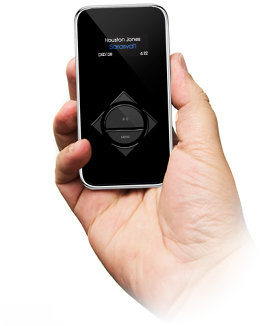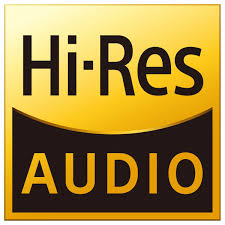What is FLAC and why should music fans care?
There is a small but growing movement back towards music with better sonic properties. Well, that’s my dream, anyway.
Thanks to MP3, iTunes, sub-optimal streaming bitrates, and crappy earbuds and headphones, the last two generations have been brought up on terrible-sounding audio without realizing it. They’ve been deprived of the full-frequency glory of music enjoyed by those who grew up in the 70s, 80s and even part of the 90s.
But there’s hope, thanks to the resurrection of vinyl, and the emerging Hi-Res Audio and interest in digital files that sound WAY better than MP3s.
If you’re on this bandwagon, you’ll inevitably run into something called FLAC. That’s why you need to read this article from MagenticMag.com
The mp3 format has been around for a long time, but it has often been maligned as an easily pirated file type (thanks Napster) as well as a file that is dulling our senses and ruining our view of what really great music sounds like.
The deal is that CD quality music is much better than any mp3 file, but it is simply not as portable. Bit-perfect copies of CD files are huge and fill up most devices quickly. It is also more difficult to stream, as a faster connection is needed to stream the larger files. FLAC looks to solve this issue, and take us back to easily accessible, portable music.
What is FLAC?
FLAC stands for Free Lossless Audio Codex. It is a file format that provides bit-perfect copies of CD music but that are half the size. This enables them to stream without buffering.
The format first emerged in 2001 as an alternative to other lossless formats like Apple Lossless (ALAC), Microsoft’s WAV, and WMA lossless. WAV files are popular, but they are very large and cannot retain tag data like artist, album, and song lists. FLAC can, on the other hand, and is compatible with most devices with the exception of Apple. There are workarounds for Apple users though with the simple download of an app.



